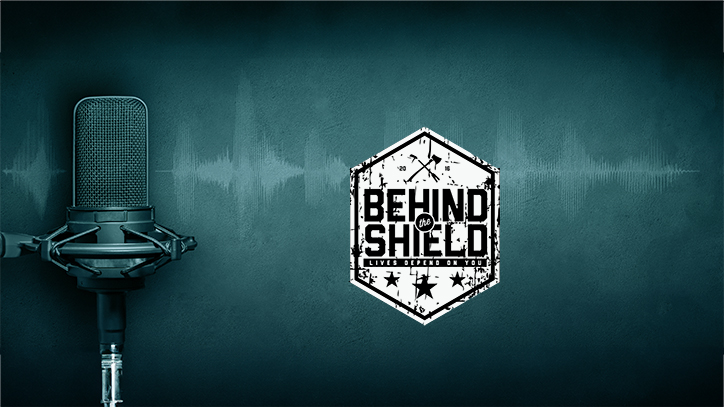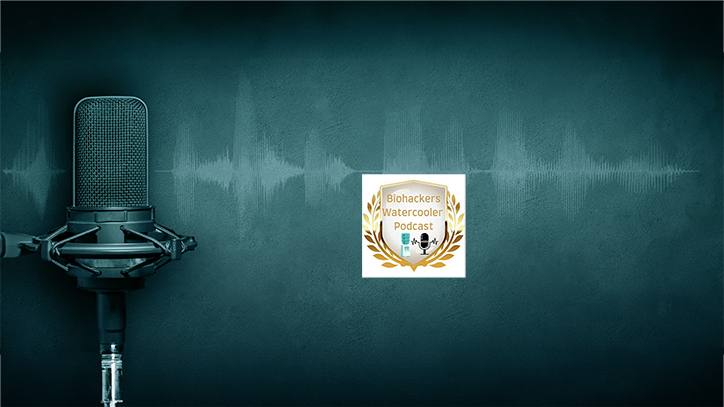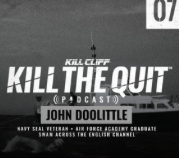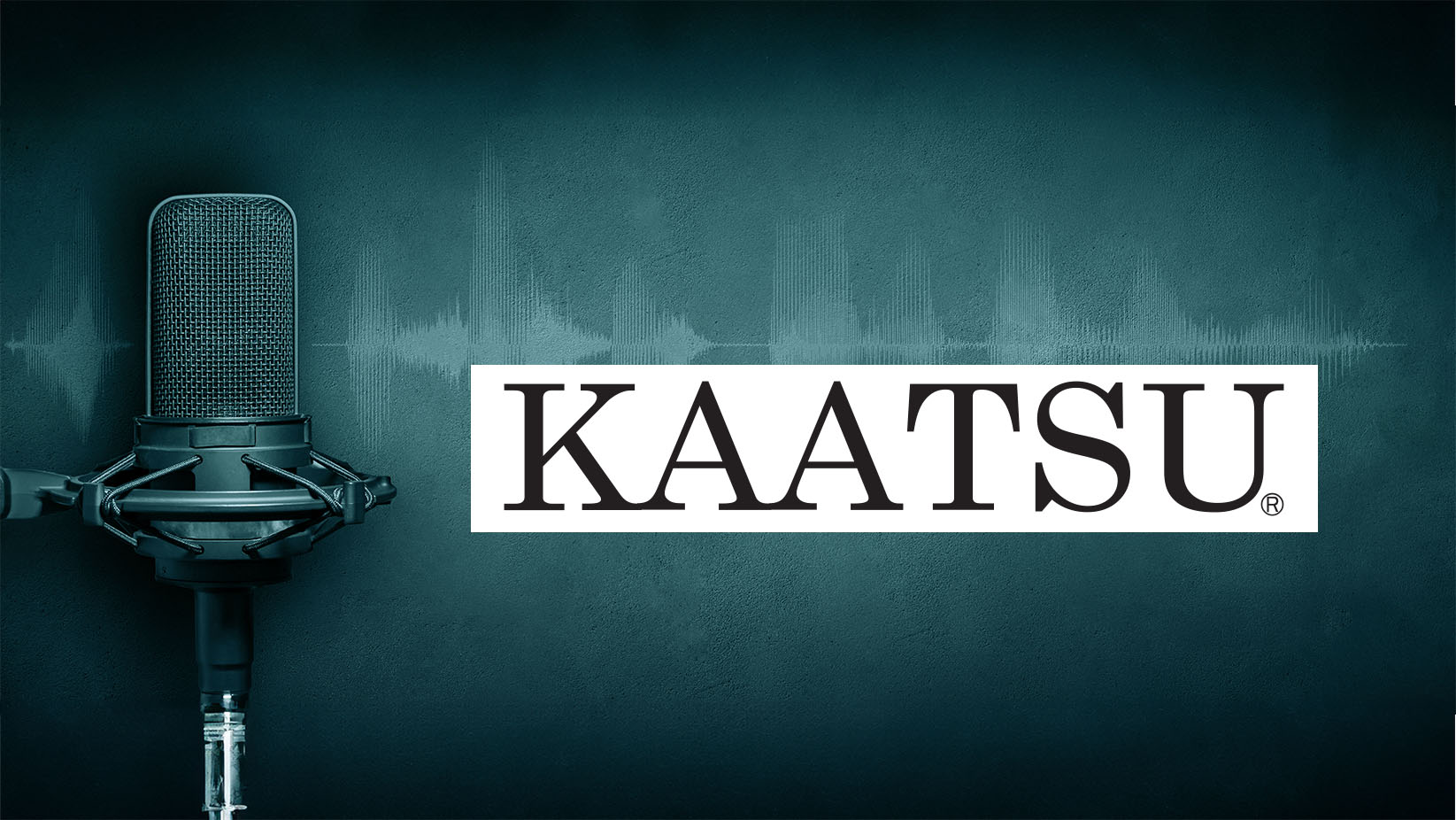
John’s conversation with James Geering on Behind the Shield Podcast!
Episode Description
Welcome to the Behind the Shield Podcast! This Podcast will bring some of the greatest minds on the planet to you, the men and women who protect our communities. The topics will range from exercise and nutrition to PTSD and sleep deprivation. Listen John on James Geering Podcast in his Episode 739.
Check out and order a KAATSU support system and keep in the fight.





